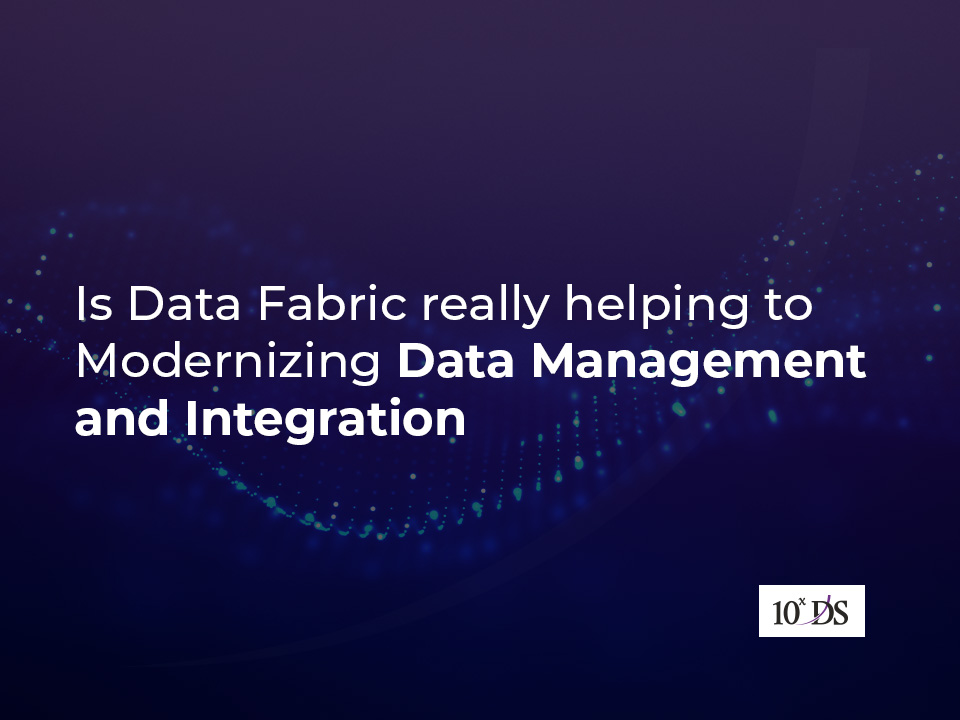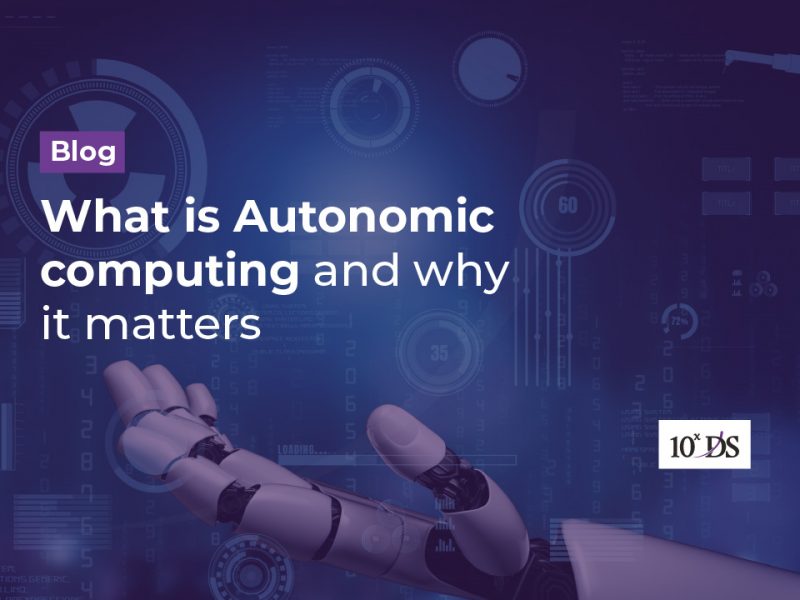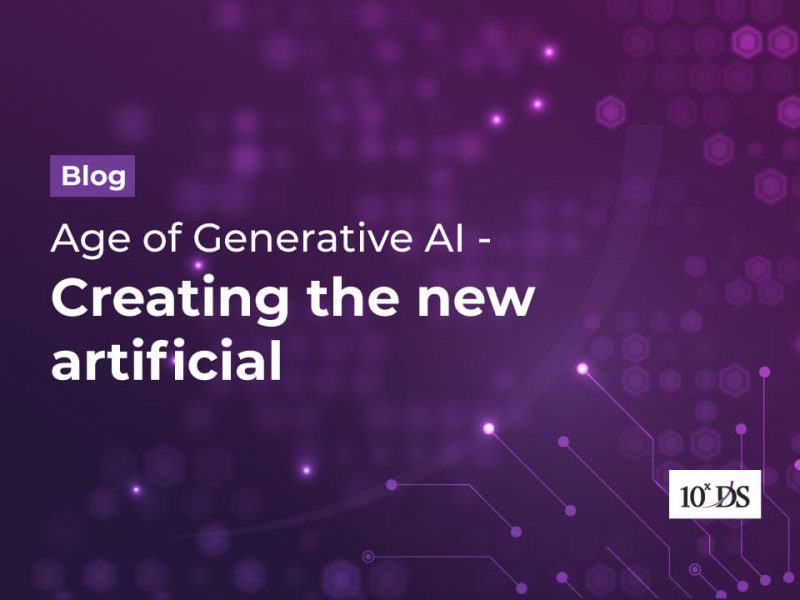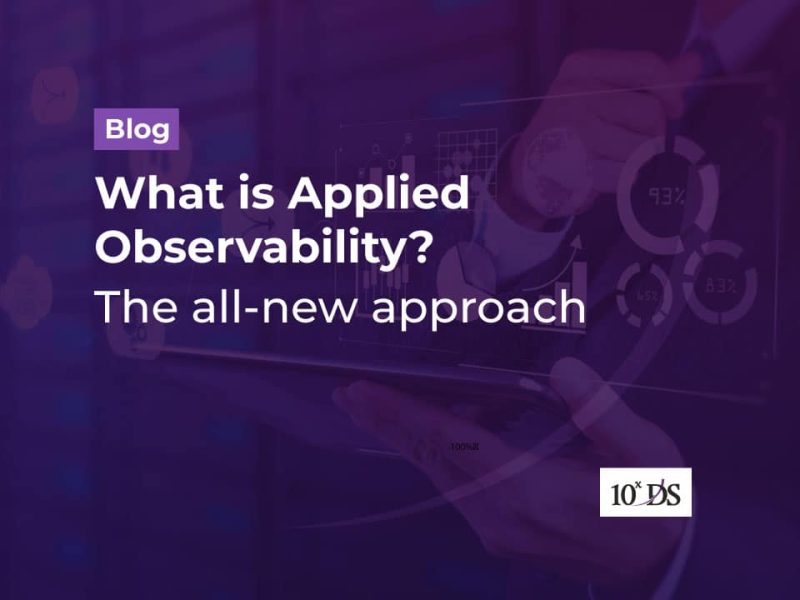
Is Data Fabric really helping to Modernizing Data Management and Integration
Data is considered one of the most important assets of an organization, and that’s the reason why due importance is given to storing this data in secured places. But it is important how organizations manage data, to make the best use of it. Efficient Data management drives operational excellence by delivering consistent data. Meanwhile, Data mismanagement leads to poor risk management, data loss and finally bad data. Businesses lose massive amounts of money by making their decisions based on bad data. Organizations are now dealing with increasingly diverse, distributed, and complex environments. Hence data management has also become cumbersome. Data and Analytics leaders need to look beyond traditional solutions that cause high-cost yet low-value data integration cycles, high maintenance of previous integrations, unavailability of real-time and event-driven data sharing etc. Many organizations seem to lack a holistic approach that overcomes the impediments of time, space, software types, and data locations. Even though data collection from various locations is not a major worry for many organizations, integration, processing, curation, and transformation of data with other sources are really a challenge. Data grows by leaps and bounds and if the data needs to be managed, enhanced and made available for users and insights derived out of it for current use and for the future, it needs to design properly. An emerging design concept called “data fabric” addresses this very aspect.
Data fabric is designed to help organizations solve complex data problems by managing their data regardless of the multiple and various kinds of applications, platforms, and locations where the data is stored. It is designed to enable frictionless access and data sharing in today’s distributed environment. It is an end-to-end data management solution, consisting of architecture, data management and integration software, and shared data. It provides a unified, dependable user experience and access to data for any member of an organization worldwide and in real-time.
Data fabric begins with online transaction processing (OLTP) concepts. OLTP deals with a number of transactions occurring concurrently, for example, online banking, e-commerce shopping. In this method, detailed information about every transaction is inserted, updated, and uploaded to a database. The data is structured, cleaned, and stored in silos at a centre for further usage. Users can access this raw data and use it to derive insights helping organizations leverage their data to grow, adapt, and improve. Multiple components of a data fabric include:
- Data Sources: These are the applications where data is created. This includes the development of apps and graphical user interfaces (GUIs) for the stakeholders to interact with the organization. E.g., A banking mobile app where customers log in and conduct financial transactions.
- Data catalogue: Each data elements need to be represented as metadata so that it is easily retrievable.
- Analytics, AI, and ML models: To simplify and automate data integration design
- Data integration: This will be dynamically achieved through multiple data delivery styles.
- Data orchestration: Automated means to achieve orchestration before it reaches the consumers through endpoints as insights in real-time.
A few main principles to consider are:
- Data from the customer needs to be transferred to the data manager and storage systems in a manner that avoids loss of data.
- The data collected from all sources is to be managed with proper security and access control mechanisms
- Data is stored in an accessible and efficient manner, with the capability to scale when required.
- Proper data transport mechanisms need to be built for accessing the data from any point in the organization’s geographic locations.
Conclusion
Data fabric brings in a data operational layer that combines all the data together, transforms and processes it using machine learning to discover patterns and insights. It prepares the data to meet the needs of AI and ML automatically and at sustainable levels. As an agile model, it allows changes to systems, adapts, and adjusts as needed, and works across all operating and storage systems. Data fabric is also scalable with minimum interference, and the investment needed is less. It also provides maximum integrity and complies with regulations, while maintaining accessibility and real-time flow of information. With all these, security is still a concern around data fabric since data is being transported across locations within the fabric. At any point of the data cycle within the fabric, data should be protected with security firewalls and protocols to ensure safety from security breaches.
This is a journey from data silos to data fabric and it is not a quick solution but a transformative journey. Talk to our data experts to know more.


